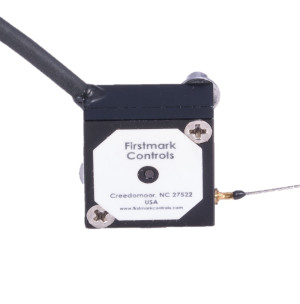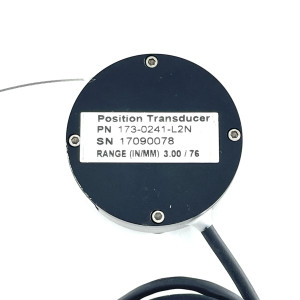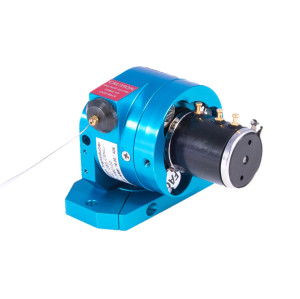String Pots – Miniature

Draw-wire position sensor 38mm

Draw-wire position sensor 50mm

Draw-wire position sensor to 165mm

Draw-wire position sensor to 1080mm

Draw-wire Installation Kits and Bases
Learn about compact position sensors, their working principles, and applications in robotics, medical devices, and industrial automation.
A miniature string potentiometer, also known as a string pot or draw-wire sensor, is a compact position sensor that measures linear displacement using a retractable wire and a potentiometric sensor. When the wire is pulled, it rotates a spool connected to a potentiometer, producing a variable resistance signal proportional to the extension.
String potentiometers work on the principle of voltage division. As the wire is extended or retracted, it turns a rotating shaft connected to a potentiometer. This changes the resistance, and thus the output voltage, which can be correlated to the linear position of the moving object.
The "miniature" designation refers to the sensor's compact size, making it suitable for tight spaces or lightweight applications. Despite their small size, they can still offer impressive measurement ranges and accuracy.
Common applications include: Robotics, Medical devices, Aerospace systems, Industrial automation, Test and measurement setups, Consumer electronics with moving parts
Most miniature string potentiometers offer an analog voltage output via a potentiometric element. Some models may also offer digital or current output via signal conditioning electronics, depending on the design.
Accuracy varies by model but is generally quite good for such compact sensors. Typical linearity ranges from ±0.25% to ±1% of full scale. Higher-precision models are available for demanding applications.
Miniature string pots can measure from a few inches (e.g., 2–10 inches) up to several feet, depending on the model. The compact design usually limits the range compared to full-size models.
Yes. Many models are built with rugged materials such as stainless steel or anodized aluminum and are rated for long operational life—some over a million cycles. They often come with sealed housings to resist dust and moisture.
Mounting is typically straightforward using screws or adhesive mounts. The sensor housing is fixed to a stable surface, and the string attaches to the moving object. Some models offer flexible mounting brackets.
Most string potentiometers are factory-calibrated, but depending on your system and accuracy requirements, you may need to perform system-level calibration for optimal performance.